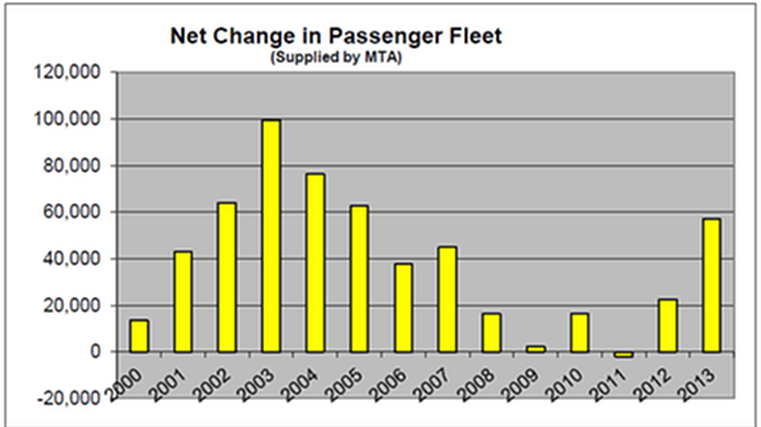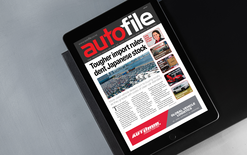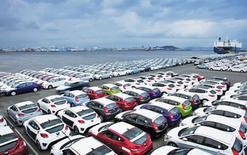Size of fleet increasing

Traffic volumes are set to increase as the size of our national fleet continues to mushroom, says the Motor Trade Association (MTA). After a period of strong growth from 2002-07, the build-up was more subdued during the global financial crisis. With a range of factors now working together, the number is again increasing. The MTA estimates that in 2013 the car fleet grew by more than 57,000 units – or 2.4 per cent – for the strongest growth since 2005 of 2.8 per cent. At the end of 2013, the fleet stood at 2,482,513 units. MTA spokesman Ian Stronach says: “If all cars added to the fleet last year lined up nose to tail, they would stretch from Wellington to Patea in the Taranaki.” The strong market for new and first-time used import cars over the past 18 months has contributed to the fleet’s overall. Continued increases seem likely because fuel costs have been relatively stable over recent months and new roading projects started in parts of the country are encouraging vehicle use. Statistics NZ projects the country’s population to reach five million in the mid-2020s and – unless something changes significantly – the most common method of transport will still be the private motor car, says the MTA. In 2013, new car sales were up seven per cent, while sales of used import cars were up 26 per cent. For the year to date, registrations are up 14 and 31 per cent respectively. Strong local sales and the strong Kiwi dollar mean demand is likely to remain firm. Supporting demand has been a rise in the number of registered traders. There are now more than 3,000 registered vehicle traders in New Zealand – 22 per cent more than a year ago and and the highest number since 2008. The other significant factor influencing growth is the reduction in the scrappage rate. The MTA estimates this has fallen from a high of 174,000 cars in 2005 to 131,000 last year – the lowest in four years. “Not everyone has the means to upgrade their car,” says Stronach. “For some, if their car performs satisfactorily and relatively reliably, it has a certain utility value. It doesn’t matter how old or what distance it has covered, it doesn’t make sense to the owner to exit the car from the fleet.”





